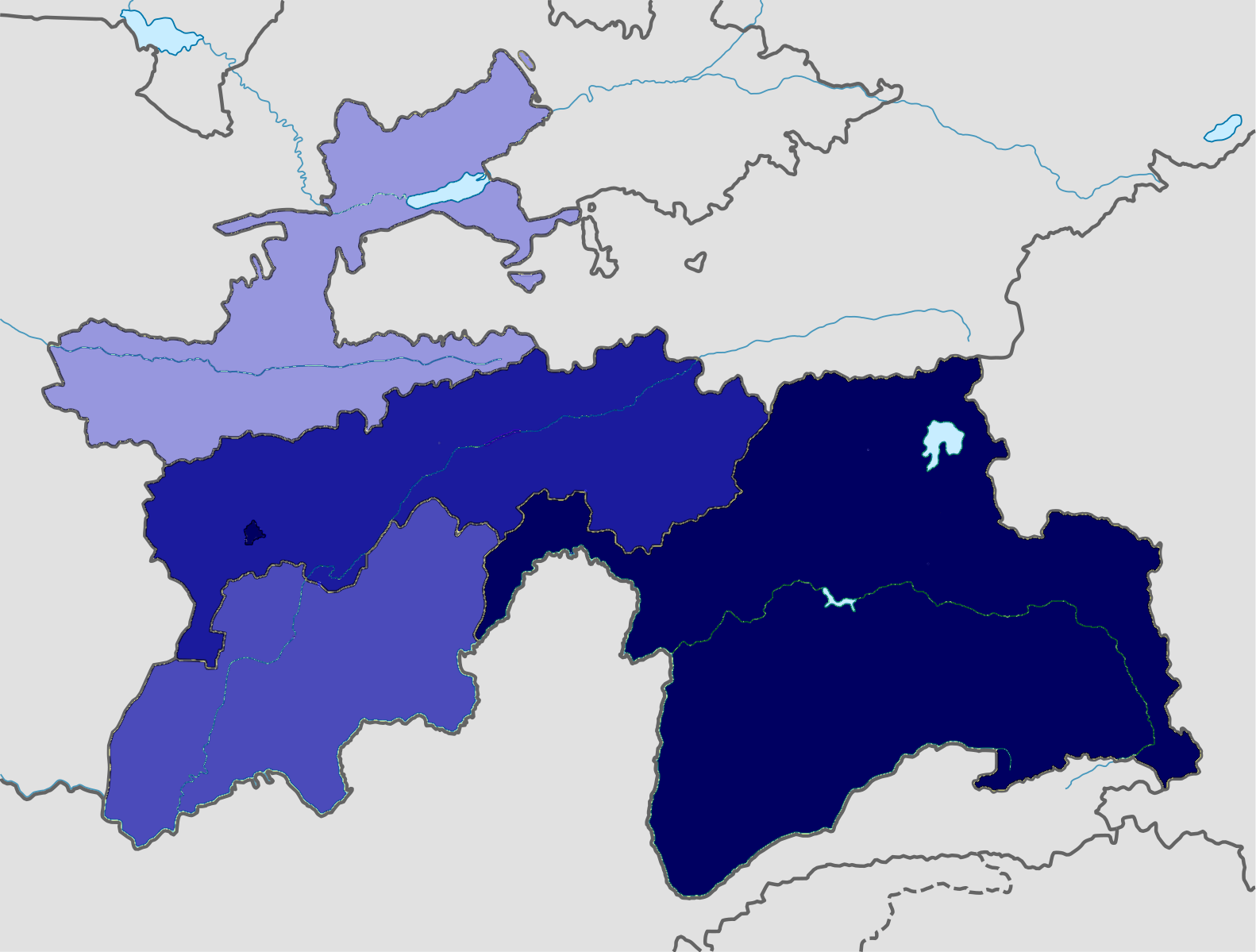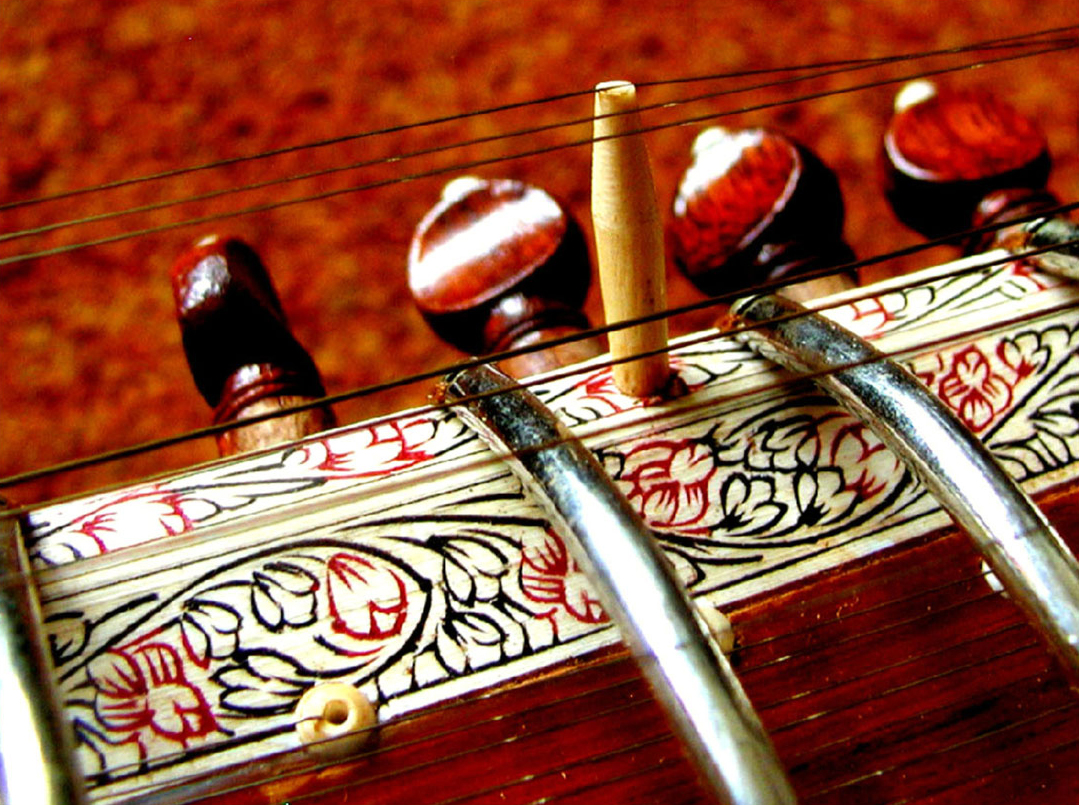|
Setor
The setor ( Tajik: сетор) is a stringed musical instrument played in the eastern regions of Tajikistan, within the Pamiri culture. It is a much larger instrument than the Iranian setar, and more closely resembles the Uzbek tanbur or Indian sitar. The setor has metal strings and is played with wire fingerpicks. The body of the setor is made like a dutar, with separate ribs. The soundboard is made of softwood, with soundholes drilled into it. The neck is wide and hollow, with a straight pegbox. There are generally 10 metal strings, including a few extra drone strings starting from pegs half way on the left side of the neck. The frets are wound-on nylon or gut. See also *Setar *Sitar * Baglama *Chitrali sitar The chitrali sitar ( ur, چترالی ستھار) is a long-necked lute played in northern area, Chitral of Pakistan. It is not related to the Indian sitar and its name is related to ''setar, the Central Asian and Iranian long-necked lute. The in ... References {{ref ... [...More Info...] [...Related Items...] OR: [Wikipedia] [Google] [Baidu] |
Setar
A setar ( fa, سهتار, ) is a stringed instrument, a type of lute used in Persian traditional music, played solo or accompanying voice. It is a member of the tanbur family of long-necked lutes with a range of more than two and a half octaves. Originally a three stringed instrument, a fourth string was added by the mid 19th century. It is played with the index finger of the right hand. It has been speculated that the setar originated in Persia by the 9th century C.E. A more conservative estimate says "it originated in the 15th century, or even earlier." Although related to the tanbur, in recent centuries, the setar has evolved so that, musically, it more closely resembles the tar, both in tuning and playing style. Etymology According to Curt Sachs, Persians chose to name their lutes around the word ''tar'', meaning string, combined with a word for the number of strings. Du + tar is the 2-stringed dutār, se + tar is the 3-stringed setār, čartar (4 strings), pančt� ... [...More Info...] [...Related Items...] OR: [Wikipedia] [Google] [Baidu] |
Tanbur
The term ''Tanbur'' ( fa, تنبور, ) can refer to various long-necked string instruments originating in Mesopotamia, Southern or Central Asia. According to the '' New Grove Dictionary of Music and Musicians'', "terminology presents a complicated situation. Nowadays the term tanbur (or tambur) is applied to a variety of distinct and related long-necked lutes used in art and folk traditions. Similar or identical instruments are also known by other terms." These instruments are used in the traditional music of Iran, India, Kurdistan, Armenia, Afghanistan, Azerbaijan (especially Avar community), Pakistan, Turkey, Tajikistan, Kazakhstan, and Uzbekistan. Origins Tanburs have been present in Mesopotamia since the Akkadian era, or the third millennium BC. Three figurines have been found in Susa that belong to 1500 BC, and in hands of one of them is a tanbur-like instrument. Also an image on the rocks near Mosul that belong to about 1000 B shows tanbur players. Playing the ... [...More Info...] [...Related Items...] OR: [Wikipedia] [Google] [Baidu] |
Setar
A setar ( fa, سهتار, ) is a stringed instrument, a type of lute used in Persian traditional music, played solo or accompanying voice. It is a member of the tanbur family of long-necked lutes with a range of more than two and a half octaves. Originally a three stringed instrument, a fourth string was added by the mid 19th century. It is played with the index finger of the right hand. It has been speculated that the setar originated in Persia by the 9th century C.E. A more conservative estimate says "it originated in the 15th century, or even earlier." Although related to the tanbur, in recent centuries, the setar has evolved so that, musically, it more closely resembles the tar, both in tuning and playing style. Etymology According to Curt Sachs, Persians chose to name their lutes around the word ''tar'', meaning string, combined with a word for the number of strings. Du + tar is the 2-stringed dutār, se + tar is the 3-stringed setār, čartar (4 strings), pančt� ... [...More Info...] [...Related Items...] OR: [Wikipedia] [Google] [Baidu] |
Tajiki Language
Tajik (Tajik: , , ), also called Tajiki Persian (Tajik: , , ) or Tajiki, is the variety of Persian spoken in Tajikistan and Uzbekistan by Tajiks. It is closely related to neighbouring Dari with which it forms a continuum of mutually intelligible varieties of the Persian language. Several scholars consider Tajik as a dialectal variety of Persian rather than a language on its own. The popularity of this conception of Tajik as a variety of Persian was such that, during the period in which Tajik intellectuals were trying to establish Tajik as a language separate from Persian, prominent intellectual Sadriddin Ayni counterargued that Tajik was not a "bastardised dialect" of Persian.Shinji ldoTajik Published by UN COM GmbH 2005 (LINCOM EUROPA) The issue of whether Tajik and Persian are to be considered two dialects of a single language or two discrete languages has political sides to it. By way of Early New Persian, Tajik, like Iranian Persian and Dari Persian, is a continuation of M ... [...More Info...] [...Related Items...] OR: [Wikipedia] [Google] [Baidu] |
Tajikistan
Tajikistan (, ; tg, Тоҷикистон, Tojikiston; russian: Таджикистан, Tadzhikistan), officially the Republic of Tajikistan ( tg, Ҷумҳурии Тоҷикистон, Jumhurii Tojikiston), is a landlocked country in Central Asia. It has an area of and an estimated population of 9,749,625 people. Its capital and largest city is Dushanbe. It is bordered by Afghanistan to the south, Uzbekistan to the west, Kyrgyzstan to the north, and China to the east. It is separated narrowly from Pakistan by Afghanistan's Wakhan Corridor. The traditional homelands of the Tajiks include present-day Tajikistan as well as parts of Afghanistan and Uzbekistan. The territory that now constitutes Tajikistan was previously home to several ancient cultures, including the city of Sarazm of the Neolithic and the Bronze Age and was later home to kingdoms ruled by people of different faiths and cultures, including the Oxus civilization, Andronovo culture, Buddhism, Nestor ... [...More Info...] [...Related Items...] OR: [Wikipedia] [Google] [Baidu] |
Pamiri People
The Pamiris, russian: Пами́рцы, Pamírtsy, zh, s=帕米尔人, p=Pàmǐ'ěrrén, ur, are an Eastern Iranian ethnic group, native to the Badakhshan region of Central Asia, which includes the Gorno-Badakhshan Autonomous Region of Tajikistan; the Badakhshan Province of Afghanistan; Taxkorgan Tajik Autonomous County in Xinjiang, China; and the Upper Hunza Valley in Pakistan. Ethnic identity The Pamiris are composed of people who speak the Pamiri languages, the indigenous language in the Gorno-Badakhshan autonomous province. The Pamiris share close linguistic, cultural and religious ties with the people in Badakhshan Province in Afghanistan, the Sarikoli speakers in the Pamir region of Taxkorgan Tajik Autonomous County in Xinjiang Province in China and the Wakhi speakers in Afghanistan and Pakistan. In the Pamiri languages, the Pamiris refer to themselves as Pamiri, a reference to the historic Badakhshan region where they live. In China, Pamiris are ... [...More Info...] [...Related Items...] OR: [Wikipedia] [Google] [Baidu] |
Sitar
The sitar ( or ; ) is a plucked stringed instrument, originating from the Indian subcontinent, used in Hindustani classical music. The instrument was invented in medieval India, flourished in the 18th century, and arrived at its present form in 19th-century India. Khusrau Khan, an 18th century figure of Mughal Empire has been identified by modern scholarship as the originator of Sitar. According to most historians he developed sitar from setar, an Iranian instrument of Abbasid or Safavid origin. Another view supported by a minority of scholars is that Khusrau Khan developed it from '' Veena''. Used widely throughout the Indian subcontinent, the sitar became popularly known in the wider world through the works of Ravi Shankar, beginning in the late 1950s and early 1960s. In the 1960s, a short-lived trend arose for the use of the sitar in Western popular music, with the instrument appearing on tracks by bands such as the Beatles, the Doors, the Rolling Stones and others. Etymol ... [...More Info...] [...Related Items...] OR: [Wikipedia] [Google] [Baidu] |
Fingerpick
A fingerpick is a type of plectrum used most commonly for playing bluegrass style banjo music. Most fingerpicks are composed of metal or plastic (usually Celluloid or Delrin). Unlike flat guitar picks, which are held between the thumb and finger and used one at a time, fingerpicks clip onto or wrap around the end of the fingers and thumb; thus one hand can pick several strings at once. Generally four are used: one for the thumb, and one each for the ring, middle and index fingers. Fingerpicks worn on the thumb are generally called "thumbpicks". Some players use a plastic thumbpick while using metal fingerpicks. Fingerpicks come in a variety of thicknesses to accommodate different musicians' styles of playing. Thin picks produce a quieter, more delicate sound, while thick picks produce a heavier sound. But as with standard plectrums, thumbpicks come in different styles and employ different materials. Fingerpicks are also used by guitar, Hawaiian guitar, lap steel, autohar ... [...More Info...] [...Related Items...] OR: [Wikipedia] [Google] [Baidu] |
Dutar
The ''dutar'' (also ''dotar''; fa, دوتار, dutâr; russian: Дутар; tg, дутор; ug, دۇتار, ucy=Дутар, Dutar; uz, dutor; ; dng, Дутар) is a traditional Iranian long-necked two-stringed lute found in Iran and Central Asia. Its name comes from the Persian word for "two strings", دوتار ''do tār'' (< دو ''do'' "two",تار ''tār'' "string"), although the i dutar of has fourteen strings. Dutar is very popular in Tajikistan and Khorasan province of Iran. When played, the strings are usually plucked by the of Western China and strummed and plucked by the |
Sitar
The sitar ( or ; ) is a plucked stringed instrument, originating from the Indian subcontinent, used in Hindustani classical music. The instrument was invented in medieval India, flourished in the 18th century, and arrived at its present form in 19th-century India. Khusrau Khan, an 18th century figure of Mughal Empire has been identified by modern scholarship as the originator of Sitar. According to most historians he developed sitar from setar, an Iranian instrument of Abbasid or Safavid origin. Another view supported by a minority of scholars is that Khusrau Khan developed it from '' Veena''. Used widely throughout the Indian subcontinent, the sitar became popularly known in the wider world through the works of Ravi Shankar, beginning in the late 1950s and early 1960s. In the 1960s, a short-lived trend arose for the use of the sitar in Western popular music, with the instrument appearing on tracks by bands such as the Beatles, the Doors, the Rolling Stones and others. Etymol ... [...More Info...] [...Related Items...] OR: [Wikipedia] [Google] [Baidu] |
Chitrali Sitar
The chitrali sitar ( ur, چترالی ستھار) is a long-necked lute played in northern area, Chitral of Pakistan. It is not related to the Indian sitar and its name is related to ''setar, the Central Asian and Iranian long-necked lute. The instrument has five strings in three courses, the middle course being of one string. Melody is played on the top two strings which are fretted together. The tuning of the instrument is unusual, as the single middle string does not go down the whole length of the neck of the instrument, instead it passes under the first four frets, where it then emerges and takes its place with the other strings. At this fret all the strings have the same note (g) - the actual tuning of the instrument is cc g cc. All the strings are of the same thickness, and are made of very thin metal wire, far thinner than the thinnest guitar string. The two bottom c notes and the g note act as a drone and the melody is strummed on the top two strings. The scale is a spe ... [...More Info...] [...Related Items...] OR: [Wikipedia] [Google] [Baidu] |








